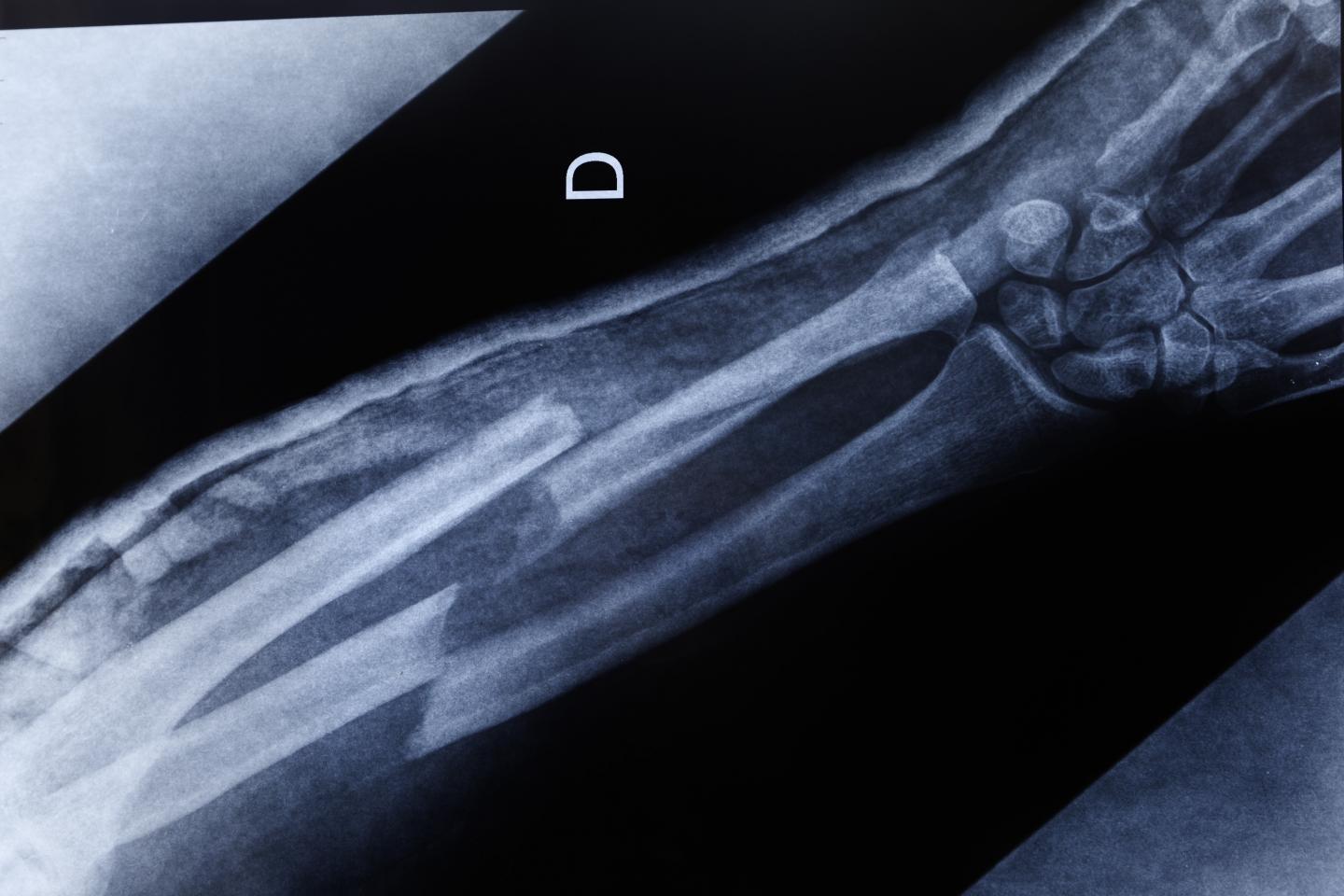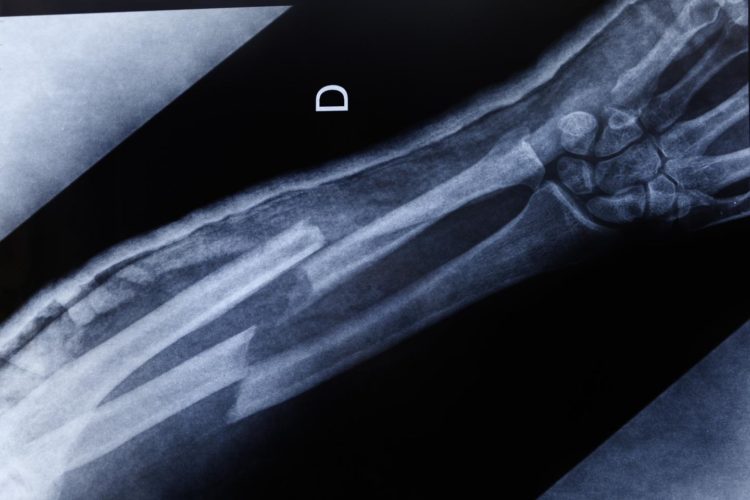Research will look at the mechanics behind why diabetics face increased risk of fracture

Credit: Rensselaer
TROY, N.Y. — People with diabetes face a significantly higher risk of osteoporotic fractures than those without the disease, but the reason for this is not well understood and can’t be adequately predicted. Researchers from Rensselaer Polytechnic Institute will use novel measurement techniques to observe — at the atomic level — the effect Type I diabetes has on bone and how medication could lessen the risk of fracture.
“We’re looking at the mechanisms of what would cause such a fragility,” said Deepak Vashishth, the director of the Center for Biotechnology and Interdisciplinary Studies (CBIS), who is leading this research for Rensselaer. The work is being done in partnership with Creighton University and is being supported by a new R01 grant from the National Institute of Diabetes and Digestive and Kidney Diseases, a part of the National Institutes of Health.
This type of understanding is critical, Vashishth said, because fractures cannot be fully explained or anticipated using current clinical tools. Making this challenge even more difficult is the fact that there appears to be a difference between how Type 1 and Type 2 diabetes affect bone. People with Type 1 diabetes, he said, face a greater lifetime risk of fracture than those with Type 2 diabetes.
The Creighton team will collect bone tissue samples from patients, over the age of 50, who have Type 1 diabetes. They will also collect samples from patients without the disease for comparison.
Vashishth and his team will apply a novel protein-based approach, not currently used for fracture diagnosis in clinics, to understand how Type I diabetes modifies bone and makes it susceptible to breakdown.
This innovative technique for measuring biochemical properties of bone tissue was developed with Scott McCallum, the director of the BioImaging and NMR Research Core Lab in CBIS. It’s aimed at determining how Type I diabetes modifies relationships between organic and inorganic interfaces in bone — at the atomic scale.
For example, the team will look at the accumulation of advanced glycation end-products (AGEs), which are produced when sugar becomes available in the body — as it frequently does in diabetics. AGEs are known to change proteins within the bone, altering the cellular responses while also weakening the bone’s overall structure.
More specifically, Vashishth explained, AGEs can alter the physical arrangement of water molecules in bone proteins and bone crystals. His team also wants to understand how such physical changes occur in Type I diabetes and alter the mechanical strength of the bone.
These fundamental questions can only be answered through an interdisciplinary approach that combines biology, physical chemistry, biochemistry, and engineering — the same type of collaboration that embodies the research done within CBIS.
Vashishth believes that a greater understanding of these biological and mechanical alterations will help fuel the development of new diagnostic modalities and prescription of medications that can counteract negative changes, in turn protecting bone from the effects of diabetes.
“This research starts very much far away from the bedside and it ends up very close to it,” Vashishth said. “We are working on clinical examples here which will directly affect the decision a clinician would make, hopefully as early as the next two to three years.”
###
About Rensselaer Polytechnic Institute
Founded in 1824, Rensselaer Polytechnic Institute is America’s first technological research university. Rensselaer encompasses five schools, 32 research centers, more than 145 academic programs, and a dynamic community made up of more than 7,900 students and over 100,000 living alumni. Rensselaer faculty and alumni include more than 145 National Academy members, six members of the National Inventors Hall of Fame, six National Medal of Technology winners, five National Medal of Science winners, and a Nobel Prize winner in Physics. With nearly 200 years of experience advancing scientific and technological knowledge, Rensselaer remains focused on addressing global challenges with a spirit of ingenuity and collaboration. To learn more, please visit http://www.
Media Contact
Reeve Hamilton
[email protected]
Original Source
https:/






